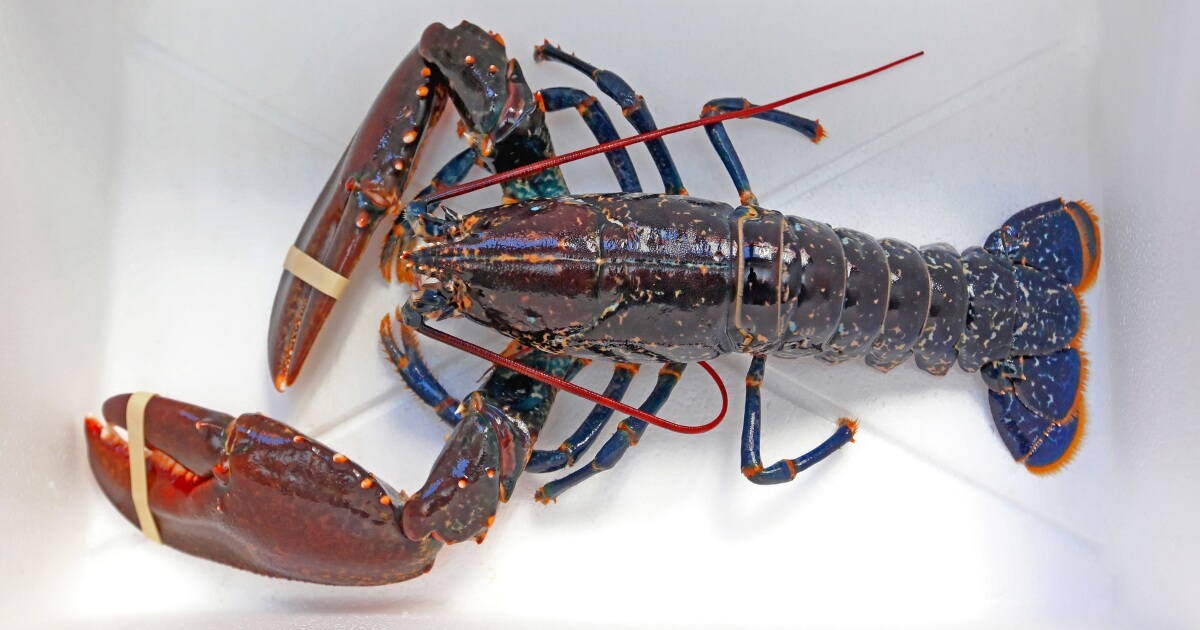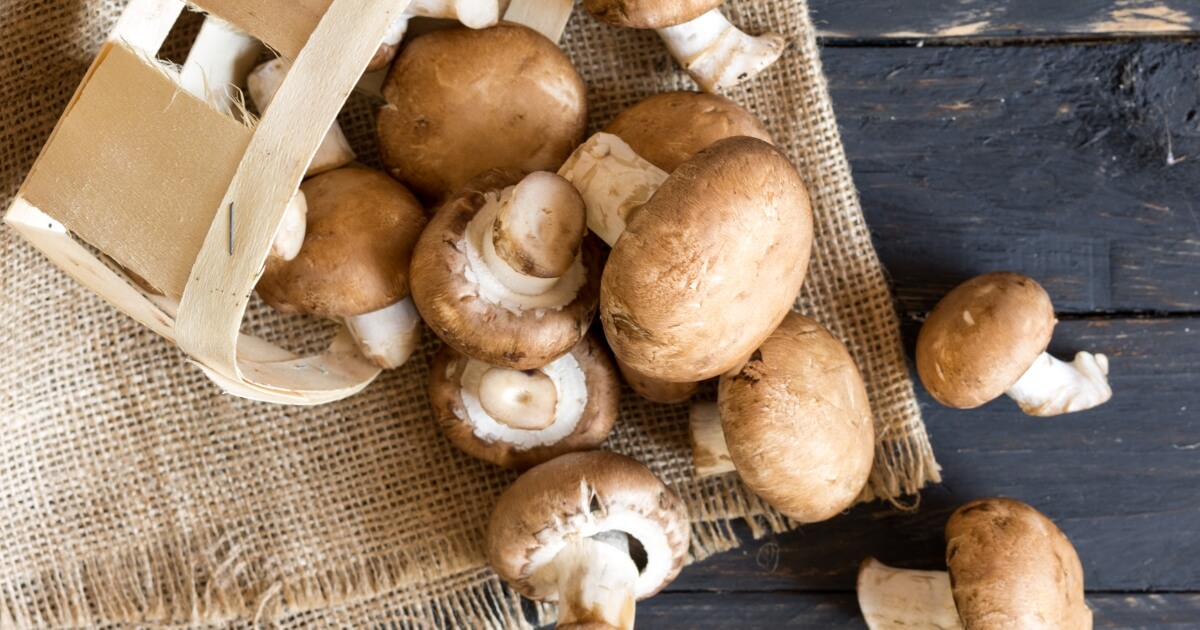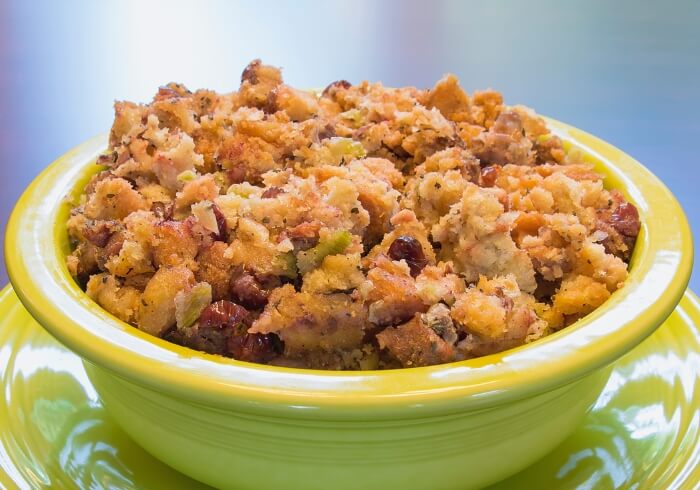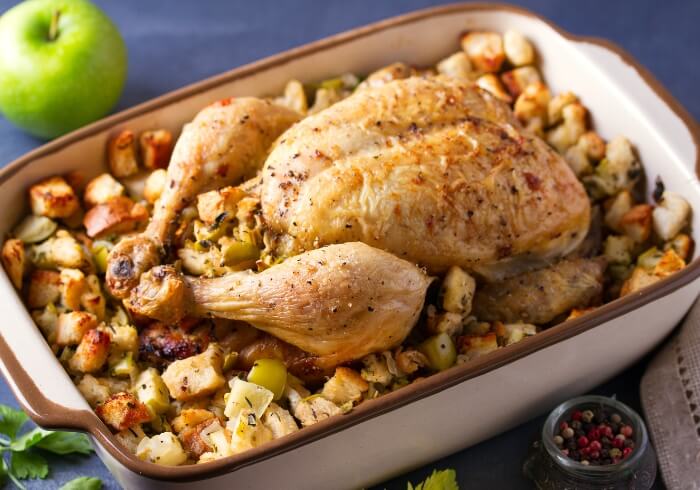Flash freezing is an industrial term that refers to the freezing food in individual portions via the rapid movement of extremely cold air. If you buy seafood far from the coast, it’s likely that those portions were processed and flash frozen on the ship.
Flash Freeze At Home
What does flash freeze mean for your kitchen? To flash freeze at home means to freeze small items individually and bag them quickly once they’re individually frozen.
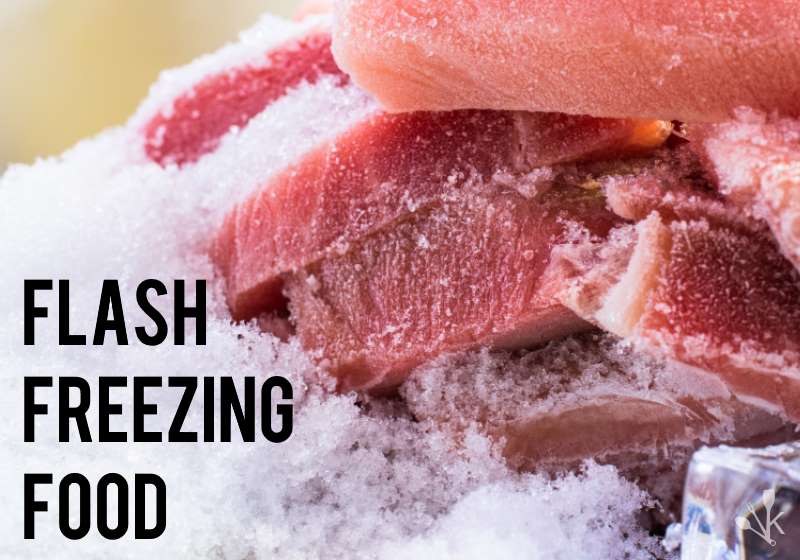
This is an excellent way to treat blueberries:
- Simply clean them, then lay them on a cookie sheet and place them in the freezer.
- Once they’re frozen, bag them in a freezer bag.
- Then when you need a few blueberries for pancakes or muffins, you don’t have to pry apart a lump of frozen berries.
Food authorities with Better Homes and Gardens recommend this treatment for many other foods, including shaped and unbaked cookie dough, individual portions of meat, or unbaked rolls.
Practice Safe Food Handling Techniques
If you’re handling raw food with the intent of flash freezing it, be certain to follow safe handling techniques. When handling raw meat, be sure to wash all utensils and flat pans used for freezing once you’ve bagged up the meat.
While freezing kills many bacteria, raw meat can exude liquid as it freezes, so be sure to freeze on a pan with enough of a lip that you don’t spill this liquid inside your freezer.
Flash Freeze Leftovers
Individual freezing is an excellent way to stabilize cooked foods.
If you’ve got a messy potato casserole or cheese covered dish, freeze it for 20 to 30 minutes. Once the gooey portion of the food has stabilized, bag or cover it for a great presentation later.
Optimum Temperatures for Flash Freezing
Per experts with Easy Home Meals the commercial flash freeze temperature is approximately -60 Fahrenheit / -51 degrees Celsius. This freezes the meat flesh solid and doesn’t allow a lot of moisture to crystallize in the flesh.
At home, you probably won’t be able to get your freezer to such a low temperature, even when using a blast freezer.
However, if you separate the food and freeze it long enough to become solid, once you bag your berries or chicken breasts you’ll be able to free them in small portions rather than one large lump.
Stock Up and Save!
There are many seasonal foods that freeze well. If you enjoy cold sweet treats, consider freezing bananas in chunks for dessert instead of ice cream. Strawberries, thinly sliced, flash freeze well and are quick to thaw. Another seasonal item that freezes well is an avocado.
Flash frozen foods are extremely handy for smaller households. If you’re only preparing one or two chicken breasts, you can still save by buying several in bulk at a great price. Then flash freeze them until they’re stable and bag them until you need them.
Flash Freeze Away From Your Freezer
If a freezer space large enough for a cookie sheet is hard to come by, you can flash freeze in a cooler with dry ice. You’ll need enough dry ice to cover the bottom of the cooler and metal pans to sit on top of the dry ice.
Always use gloves to handle dry ice.
Once your food is solidly frozen, transfer it to freezer bags. This reduces the risk of spills and is much easier to clean.
Related | Can You Microwave Ziploc Freezer Bags?
Final Thoughts
Flash frozen food holds its shape and flavor over time. Thaw your flash frozen food at room temperature or place it in a freezer bag in a bowl of cool water. Don’t thaw food in warm water; it starts a cooking process that can leave things tough and overdone.


